When you arrive in Granada at the bus station, it is like so many other European cities in that it slowly builds from the countryside. More apartments and business and traffic circles on the outskirts, landscaped medians as you get deeper into the city. But the bus station isn’t at the city center or really near enough to walk to. The short cab ride from the bus station to your walking district hotel is when you start seeing the churches, the old buildings, and the narrow streets. Suddenly it feels different and you start to giggle.
Granada is like a city that once was and is again. It is not a grand city, with a population of under 250,000. But it is secure in itself. Once the seat of the Muslim Caliphate in Europe, it was the hub of power for one empire before being reconquered by another. Today Granada is decidedly Christian, but with deep roots into its former culture, one which infuses nearly all aspects of life in its modern being.
The Alhambra, the royal palace of the Nasrid Dynasty of Moorish kings, sits atop one of the hills in Granada. Begun in 1238 and completed in 1358, its rammed earth construction stands as strong today as when first built, a testament to the technique. The buildings of the sprawling palace complex are unremarkable on the outside. Purposely so. The architects designed it to keep the beauty on the inside. The palaces, rooms, gardens, and fountains invite the visitor to slowly meander through looking for little details that most people pass. The high temperatures outside are distinctly offset by the cool interiors designed to allow breezes and hold in the shadows. The arches, curves, and ornate plastered ceilings all remain in wonderful shape today. A guided tour in your own language can give you great historical insights, while a self-paced discovery gives you the freedom to take all the time you want to find the frogs on the lilies in the fountains or the blooming flowers on the pergolas.
One can imagine the fighting that took place in the narrow streets leading up to the Alhambra and inside it as well as the forces of the Holy Roman Empire fought to complete the Reconquista. Ferdinand and Isabella, who led the forces of liberation, and who may be known better for their support of Christopher Columbus, are interred in the Royal Chapel of the Cathedral in the city center. The complex which houses the Cathedral, the Royal Chapel and the Blessed Sacrament Chapel and museum sit adjacent to the ancient bazaar, whose shops remain vibrant and bustling today. The Cathedral, while large, is a juxtaposition of sparse knaves and side chapels with a magnificent, colorful towering dome over the altar.
Its not only the Cathedral that take your breath away. Within 2 blocks of each other, and just down the street from the Cathedral, you can visit the Basilica de San Juan de Dios, the Santuario de Nuestra Senora del Perpetua Succoro, and the Monasterio de San Jeronimo. You kinda expect cathedrals to be impressive. You like it when other churches are as well. Walking through these three and attending a Mass there you come to realize that absent our technology and advanced Math, the people who built these churches more than 500 years ago did so because they believed something we no longer believe. When you read the names of the monks inscribed in the stones and realize you’re walking on their graves, the lives of these faceless monks become a bit more real. When you run your hands over the wood of their chapter room tables and benches, you share the same touch with them. You pick a bitter orange in the grove of the courtyard and pucker at its flavor just as monks in years past might have. And you give thanks to them for planting trees long ago and decorating their churches.
The white washed homes on the Albacin hill above the city center and across the vale from the Alhambra make a wonderful day walk for exploring. Winding streets, staircases and plazas with flowerpots greet the visitor. Further greetings come from within the Cafe Bar Los Mascarones at the top of the neighborhood. Surrounded by larger restaurants in fancier buildings, its easy to walk past a little gem like this. But when you order the roasted peppers, the owner beams with glee because you nailed it. You ordered his favorite and the house specialty. An extra little wine comes and some bread and olives and you realized you could eat well here for a fraction of what it costs in the city center. A short walk beyond the cafe and you’re at the hermitage at the top of the hill looking down on Granada. Time ceases to matter and you just have a strong urge to meander back down the mountain to dinner.
Ah, dinner. Ask the desk clerk at your hotel where she eats, and she points to the bar across the little street. Bar Trinidad. The no-tourist local bar where Maite is serving. You go in and buy a bottle of the house red and Maite asks you what 5 tapas you’d like. You tell her you’re not sure if you want to buy 5 tapas and she says that since the bottle of wine is 5 servings, you get 5 tapas with it. Aaaaannd, we’re off. It’d be the best meal of the trip just for the intro alone, but when the food comes, you realize you’re winning not just the wallet jackpot, but the flavor lottery as well. So, you go back each night and feel completely satisfied that the other restaurants can hold their own without your help. Bar Trinidad is sufficient for you. Except for that crepe that’s calling your name at La Creperie in the Plaza del Universidad. So you go and they lovingly make you one. And you lovingly thank them.
A day trip to Antonio’s family olive oil farm and operation makes for a nice outing as does a trip to the Sierra Nevada range above the city. One of the few places in the south of Spain to see snow, there are creeks, waterfalls and hiking trails for those wishing to get away from the city.
For me, I can’t wait to get back to the plazas of Granada, the friendly people, the great food and the architecture to forever remember without having to look in textbooks. Queen Isabella, I’m coming back to see you.


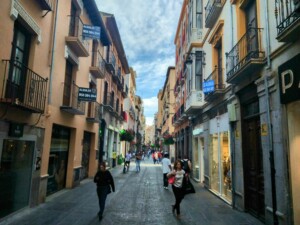
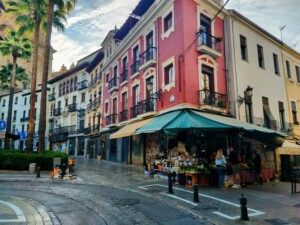
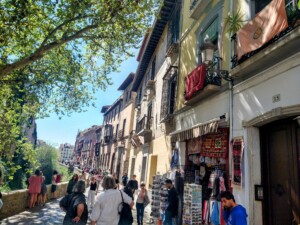
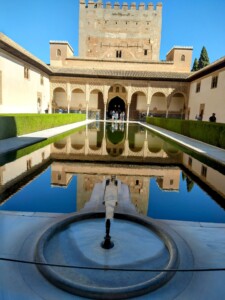

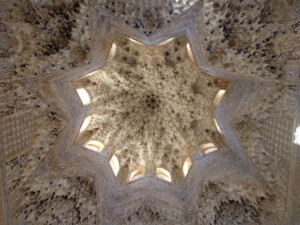

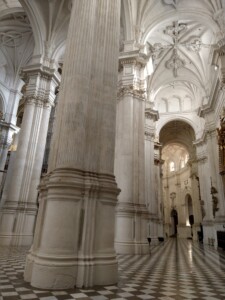
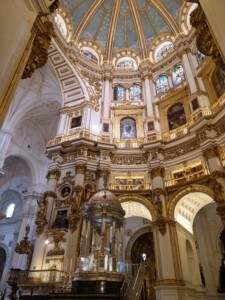

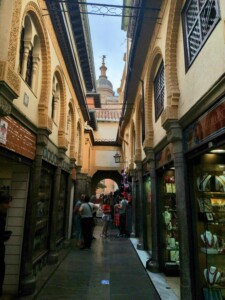
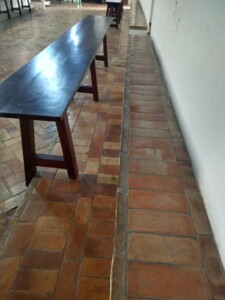

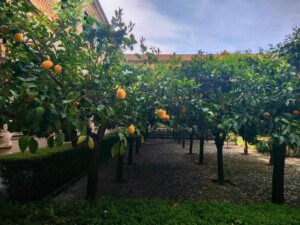
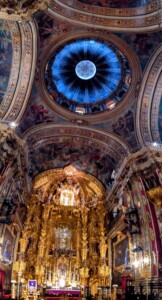

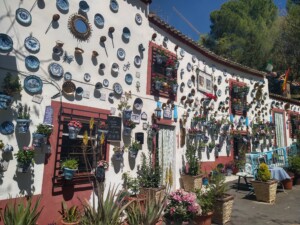
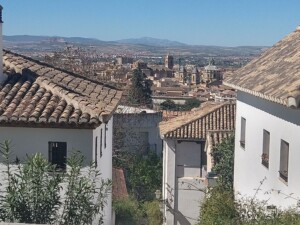

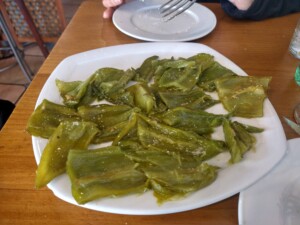
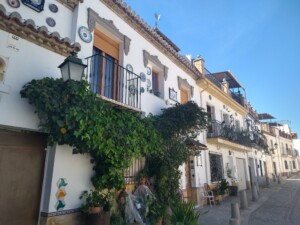
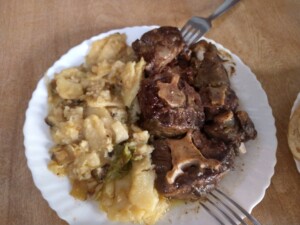






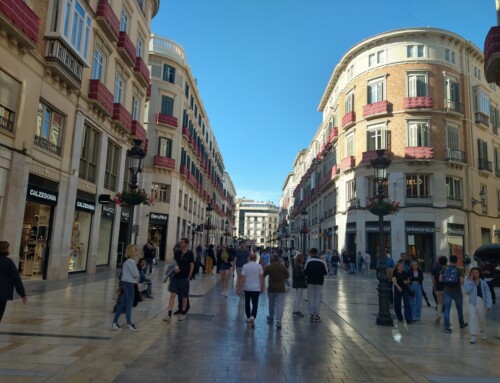
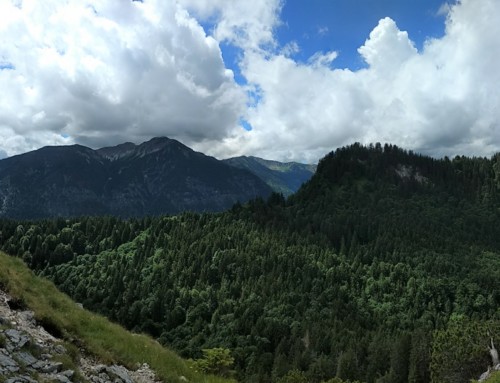
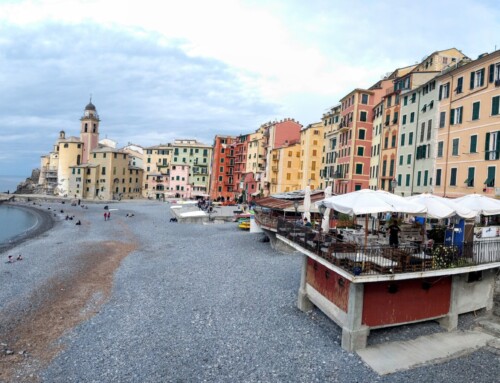
Leave A Comment